Search
Search Results
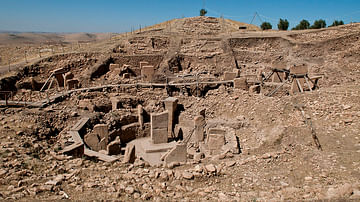
Article
Lost Civilisations of Anatolia: Göbekli Tepe
Göbekli Tepe is the world's oldest example of monumental architecture; a 'temple' built at the end of the last Ice Age, 12,000 years ago. It was discovered in 1995 CE when, just a short distance from the city of Şanliurfa in Southeast Turkey...

Definition
Italy
The Italian Peninsula or Apennine Peninsula is one of the three peninsulas of Southern Europe (the other two being the Iberian Peninsula and Balkan Peninsula), spanning 1,000 km from the Po Valley in the north to the central Mediterranean...

Definition
Sea Peoples
The Sea Peoples were a confederacy of naval raiders who harried the coastal towns and cities of the Mediterranean region between c. 1276-1178 BCE, concentrating their efforts especially on Egypt. They are considered one of the major contributing...
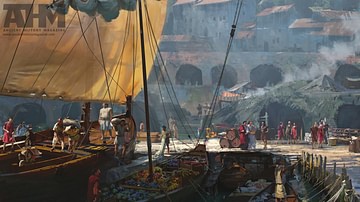
Definition
Periplus of the Erythraean Sea
The Periplus of the Erythraean Sea is an eyewitness account of ancient travel to Africa and India via the Red Sea written by an unknown Greek-speaking Egyptian author in the 1st century CE. In this detailed account, the conditions of the...
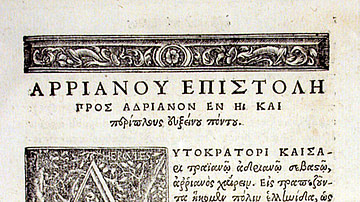
Image
Periplus of the Euxine Sea by Arrian
Beginning of the Periplus of the Euxine Sea by Arrian of Nicomedia, Johann Froben and Nicolaus Episcopius, Basel 1533. Basel University Library. The Periplus of the Euxine Sea (Latin: Periplus Ponti Euxini, Greek: Períplous toû Euxeínou...
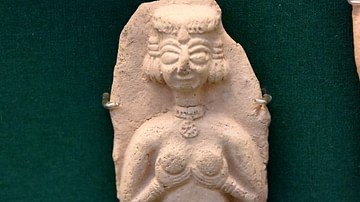
Image
Plaque of Astarte from Alalakh
This was probably a votive offering and may depict a nude votaress. However, it is usually regarded as a representation of Astarte. 1570-1500 BCE. From Level V Palace at Tell Atchana, modern-day Hatay Province, Turkey. (The British Museum...
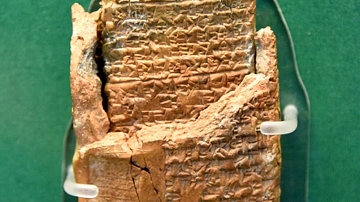
Image
Cuneiform Tablet with Envelope from Alalakh
This clay tablet still has its clay envelope. The tablet mentions a legal case before Niqmepuh, King of Iamhad (Aleppo) concerning the legacy of two houses. The seal impressions of ten witnesses (including the King) survive on the fragmentary...
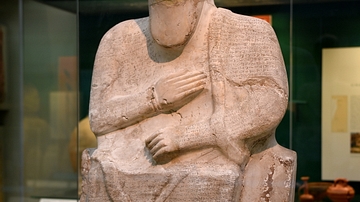
Image
Statue of Idrimi of Alalakh
The associated cuneiform inscription tell the interesting story of this king. Following a popular revolt, Idrimi was forced to go into exile. Together with his mother's family, he went 1st to Emar (Meskene on the Euphrates), and then to Canaan...
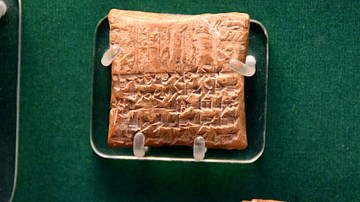
Image
Clay Tablet from Alalakh with Idrimi's Seal
Agreement for annual dues of gold and sheep to be paid to the King, either Idirimi or his son Niqmepa, who often used his father's seal. The seal's inscription reads "Idrimi, servant of the god Adad". 1500-1450 BCE. From Level IV Palace at...
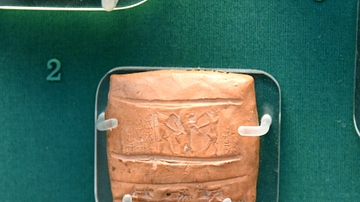
Image
Cuneiform Tablet from Alalakh with Saustatar's Seal
This clay tablet represents a lawsuit against Niqmepa King of Alalakh brought before Saustatar king of Mitanni who used a seal made about 2200 BCE and later recut for an earlier king of Mitanni, Shutarna, son of Kirta. circa 1450 BCE. From...